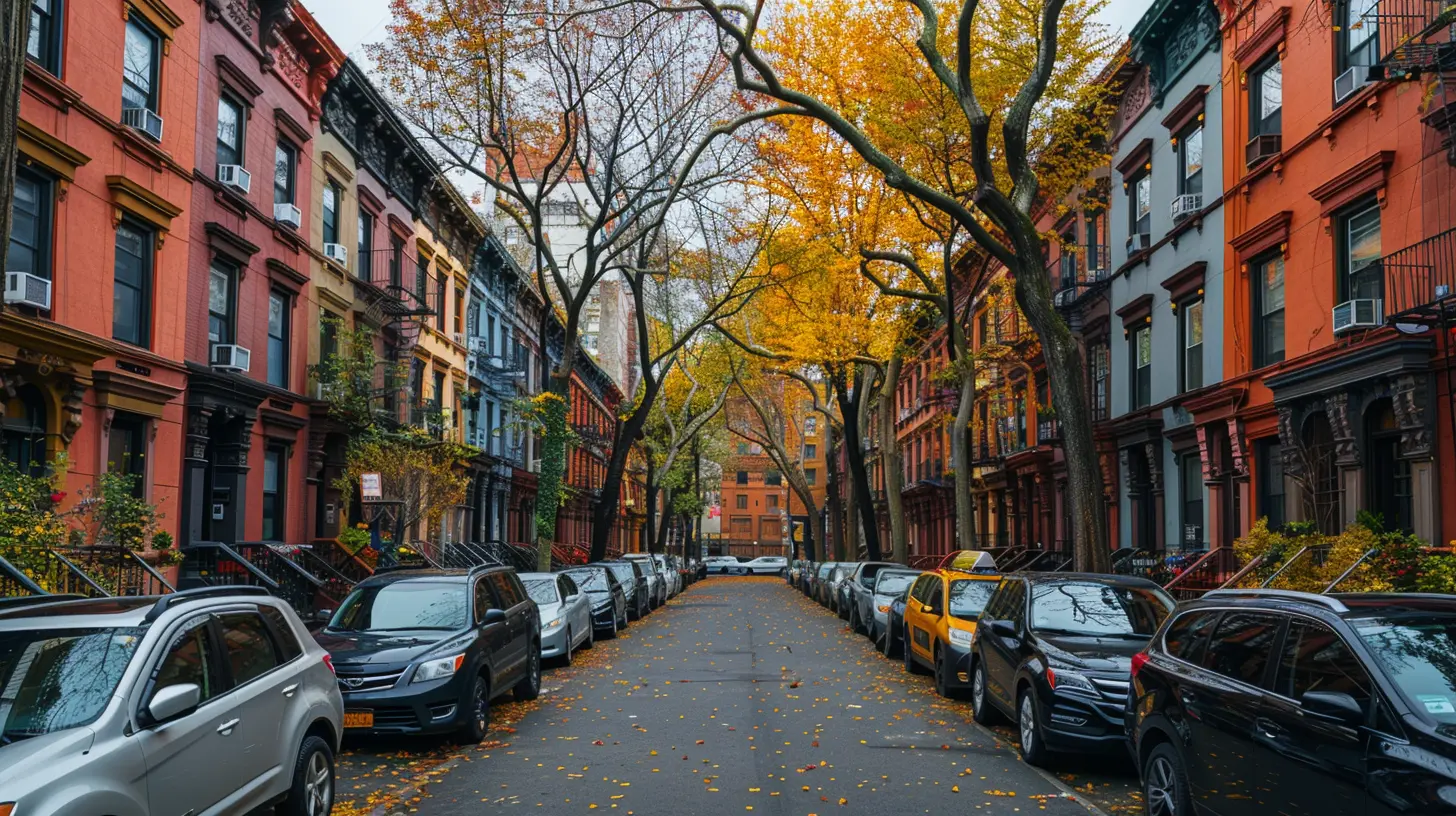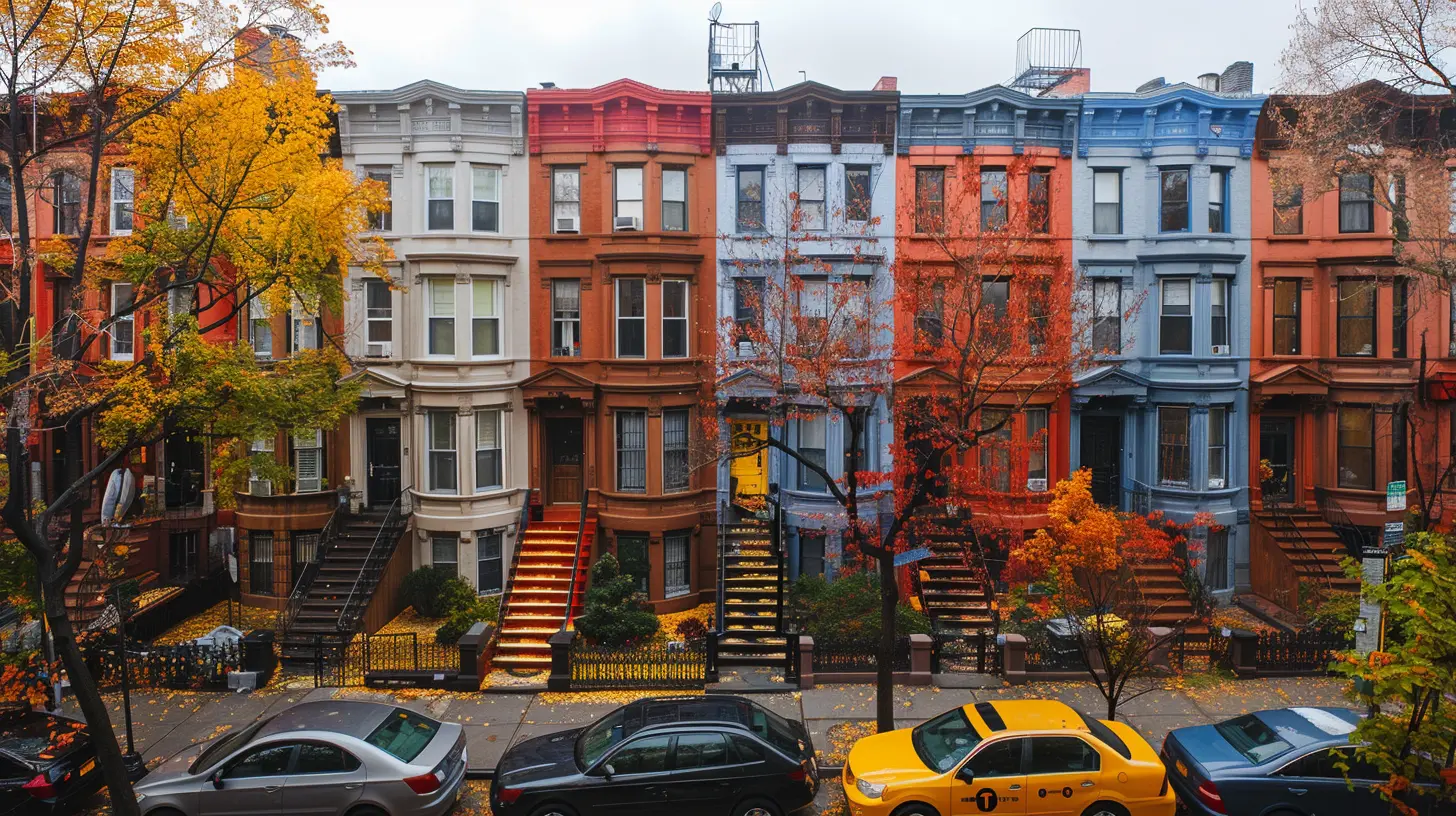Exploring the Growing Demand for Multifamily Properties in Urban Areas
27 July 2025
The real estate landscape is evolving, and one trend that stands out is the skyrocketing demand for multifamily properties in urban areas. Investors, developers, and even renters recognize their value, and this trend doesn’t seem to be slowing down anytime soon.
But why are multifamily properties becoming so popular? What’s driving this demand, and is it a fleeting trend or something more permanent? Let’s dive into the key factors behind this growing phenomenon and why it might be one of the smartest investments today.
Why Multifamily Properties Are Gaining Popularity
Multifamily properties—whether duplexes, triplexes, or large apartment complexes—are becoming hot commodities, and for good reason. Urban living is on the rise, and people are looking for affordable, convenient, and community-focused housing options. Here are some of the key reasons why these properties are in such high demand:1. Affordability for Renters
Let’s be honest—living in a big city isn’t cheap. Housing costs have surged in most urban areas, making homeownership out of reach for many. Multifamily housing offers a more affordable alternative without sacrificing location or amenities.With rising mortgage rates and inflation, renting in a multifamily building often makes more financial sense than purchasing a home. Plus, shared amenities like gyms, coworking spaces, and community lounges add to their appeal.
2. High Demand for Urban Living
Cities are the beating hearts of economic opportunity. More people are moving to urban centers for jobs, education, and entertainment. This influx of residents has led to increased demand for housing, and multifamily properties perfectly meet this need.Unlike suburban homes, multifamily units are often located near public transportation, restaurants, shopping centers, and cultural hotspots, making them an attractive choice for young professionals and families alike.
3. The Shift Toward Renting Over Owning
Millennials and Gen Z are redefining homeownership. Many prefer the flexibility of renting over locking themselves into a 30-year mortgage. With the cost of living continuing to rise, younger generations prioritize experiences, travel, and career mobility over owning property.Multifamily housing provides a lifestyle that aligns with these values—convenience, affordability, and accessibility—all rolled into one.
4. The Rise of Remote Work and Co-Living Trends
Remote work has changed the way we think about housing. With more people working from home, the demand for well-equipped, comfortable living spaces has surged. Multifamily properties often feature home-office-friendly layouts or shared coworking areas, making them ideal for modern workers.Additionally, co-living arrangements—where tenants share common spaces but have private bedrooms—have grown in popularity, particularly among digital nomads and young professionals. This model fosters a sense of community while keeping costs manageable.
Why Investors Are Flocking to Multifamily Properties
For real estate investors, multifamily properties offer a goldmine of opportunities. They provide steady income, lower risk, and long-term growth potential. Let’s break down why they’re such a smart investment choice.1. Strong and Reliable Cash Flow
Investing in multifamily properties can generate consistent rental income. With multiple tenants in a single property, the risk of vacancy-related losses is lower compared to single-family homes. Even if one unit is empty for a period, revenue from other occupied units offsets the loss.2. Growing Demand Equals Lower Vacancy Rates
The increasing demand for rental properties in urban areas translates to lower vacancy rates. In cities with booming job markets and educational institutions, finding tenants is rarely an issue. This ensures property owners experience fewer periods of lost income.3. Economies of Scale Mean Lower Costs
Managing a multifamily property is often more cost-effective than handling multiple single-family homes. Maintenance, repairs, and property management expenses are spread across multiple units, reducing per-unit costs.Think of it like buying in bulk—you get more bang for your buck while keeping operational costs manageable.
4. Appreciation and Long-Term Wealth Building
Real estate has historically been a strong asset for wealth-building. Multifamily properties, in particular, appreciate over time due to consistent demand. Investors who hold onto their properties for the long haul often see significant value increases, leading to impressive returns.
Challenges Facing the Multifamily Market
Of course, no investment is without its hurdles. While the demand for multifamily properties is booming, there are still challenges to consider.1. Rising Property Prices
As demand increases, so do property prices. In competitive urban markets, acquiring a multifamily property can require a significant upfront investment. However, many investors are willing to pay the price, knowing the long-term benefits outweigh the initial costs.2. Strict Regulations and Zoning Laws
Urban housing markets are highly regulated. Zoning laws, rent control policies, and tenant protection laws vary by city and state. Navigating these legal complexities can be challenging for investors, but staying informed and working with experienced professionals can help mitigate risks.3. Market Fluctuations
Like any real estate venture, the value of multifamily properties can fluctuate based on economic conditions. While urban rental demand remains strong, factors like economic downturns, interest rate hikes, or changing migration patterns can impact property values.That said, multifamily properties have historically been resilient, even during economic downturns.
What the Future Holds for Multifamily Properties
Given current trends, the demand for multifamily properties in urban areas is unlikely to slow down anytime soon. As cities continue to grow, housing shortages persist, and the cost of living rises, multifamily developments will remain the go-to solution for many renters and investors.Moreover, as sustainability and smart-home technology become more prevalent, multifamily buildings are becoming increasingly modernized. We’re seeing a rise in eco-friendly developments, smart apartment technology, and mixed-use buildings that integrate retail, dining, and living spaces seamlessly.
For those considering investing, now might be the perfect time to explore the multifamily market. With strong demand, consistent cash flow, and long-term appreciation potential, these properties offer a winning combination for both investors and tenants.
Final Thoughts: Is Multifamily Investing Right for You?
If you’re looking for a real estate investment that offers stability, growth potential, and steady income, multifamily properties should be at the top of your list. The ongoing urban housing demand, combined with shifting lifestyle preferences, makes them an attractive option for renters and investors alike.While challenges exist, they don’t outweigh the benefits. With the right strategy, market research, and professional guidance, investing in multifamily properties can be a game-changer for anyone looking to build wealth through real estate.
So, whether you’re an investor looking for a reliable income stream or a renter searching for an affordable and community-driven living space, multifamily properties are undoubtedly shaping the future of urban living.
all images in this post were generated using AI tools
Category:
Multifamily PropertiesAuthor:

Vincent Clayton
Discussion
rate this article
1 comments
Ramona Adams
Embrace the urban shift! Multifamily properties are not just housing; they’re vibrant communities shaping our future. Invest in the lifestyle that fosters connection and growth!
August 13, 2025 at 11:15 AM

Vincent Clayton
Absolutely! Multifamily properties are key to creating connected, thriving urban communities that cater to the diverse needs of today’s residents.


